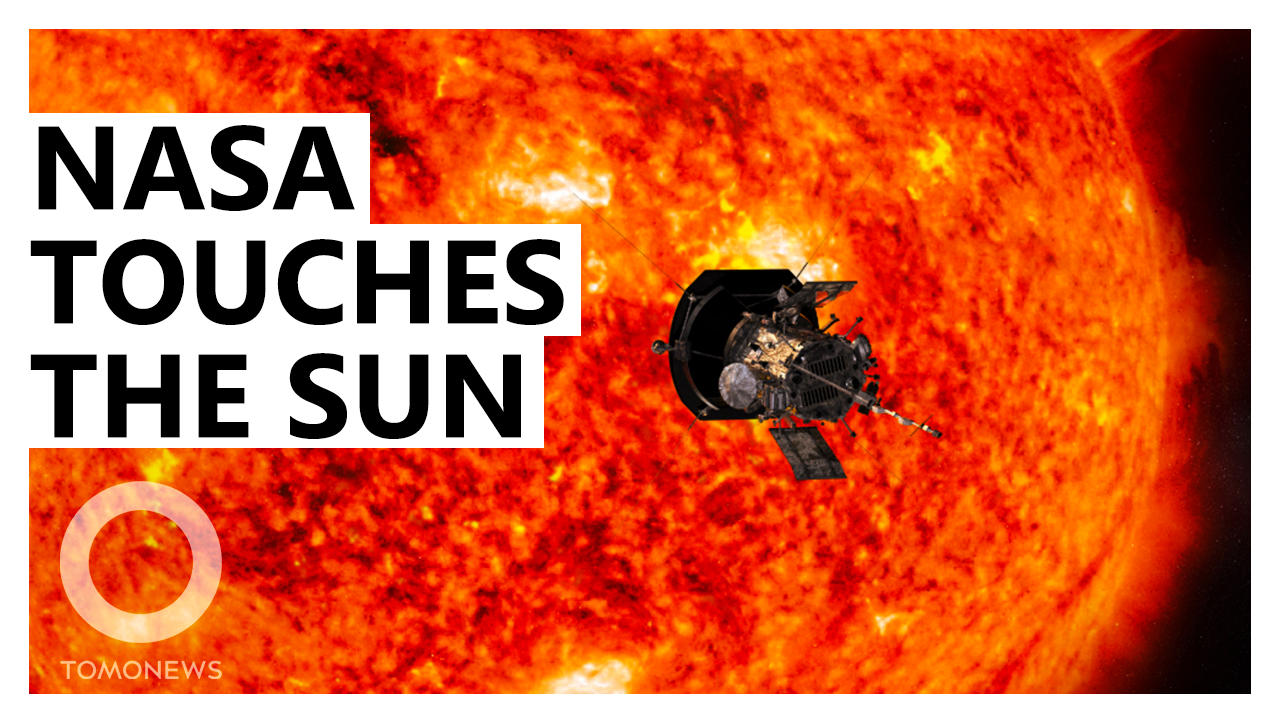
WASHINGTON — For the first time ever, a spacecraft has touched the Sun, with NASA announcing its Parker Solar Probe has flown through the Sun’s upper atmosphere.
The milestone was reached on April 28, during the probe’s eighth flyby of the Sun, and CNN notes that it will ultimately make 21 close approaches over seven years.
The Sun has no solid crust, but the Alfven critical surface marks the boundary of its atmosphere, according to the Johns Hopkins University Applied Physics Laboratory.
Outside it, solar wind particles travel faster than the magnetic waves that couple them to the Sun’s surface.
Inside it, the opposite is true, and thus the particles are contained by the waves.
The Parker probe flew in and out of this boundary several times over a few hours during April, and collected data on the origin of zig-zag-shaped structures in the solar wind.
It found that these structures, called switchbacks, can be produced by convection cells at the Sun’s visible surface, which churn and create funnels of magnetic energy above the surface.
When the probe set off in 2019, it had to contend with the fact that the Earth travels 67,000 miles per hour in a sideways motion relative to the Sun to avoid being pulled into it, meaning any object travelling to the Sun must cancel that motion.
In order to do this it was launched by the powerful Delta IV Heavy rocket, before performing seven Venus flybys over a seven-year period, relying on the planet’s gravity to draw its orbit closer to the Sun.
Such a massive workload is ultimately aimed at solving mysteries like why the Sun’s corona, or outer atmosphere, is millions of degrees hotter than the Sun’s surface, or improving forecasts of space weather events, which can disrupt telecommunications and damage satellites around Earth, according to NASA.



